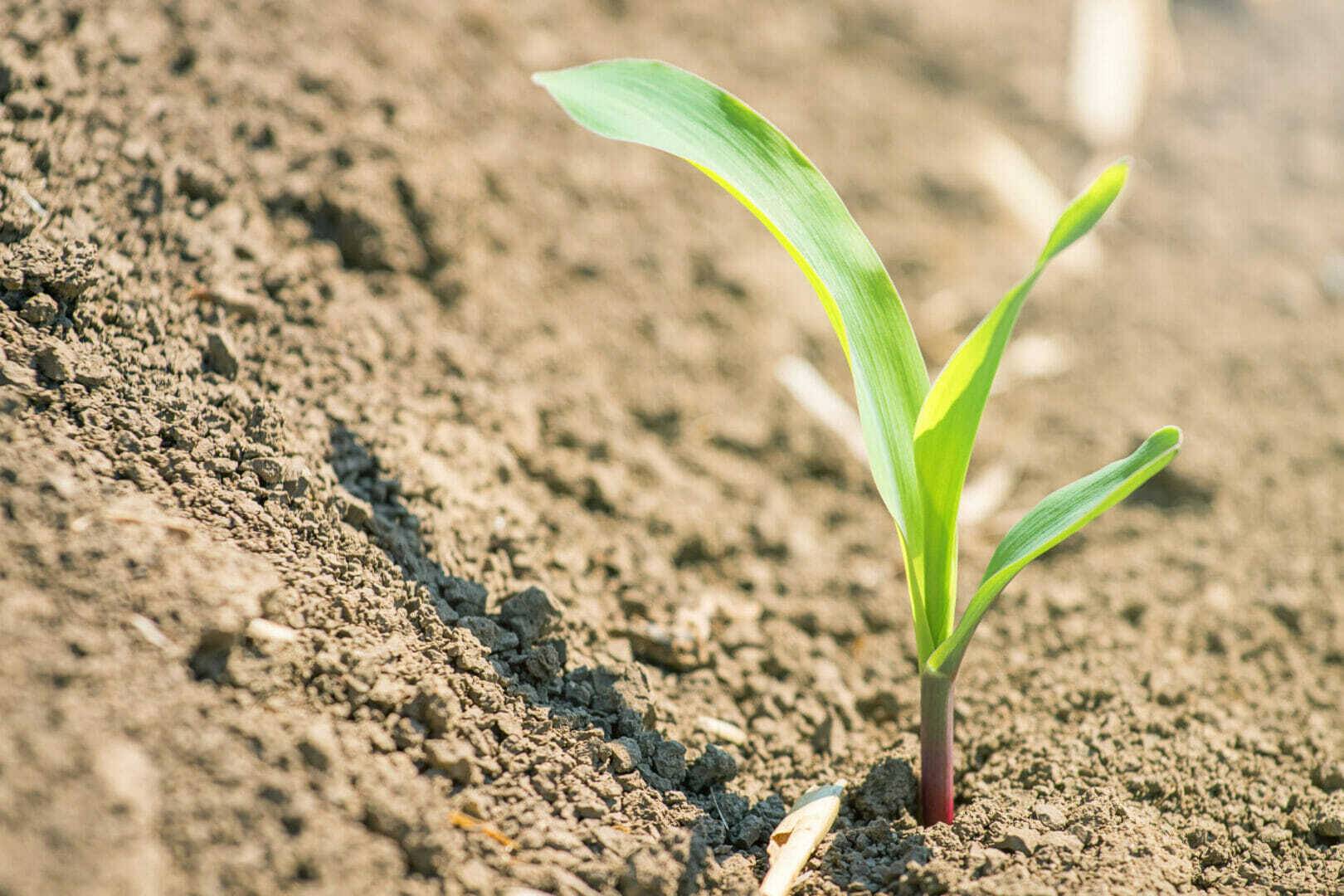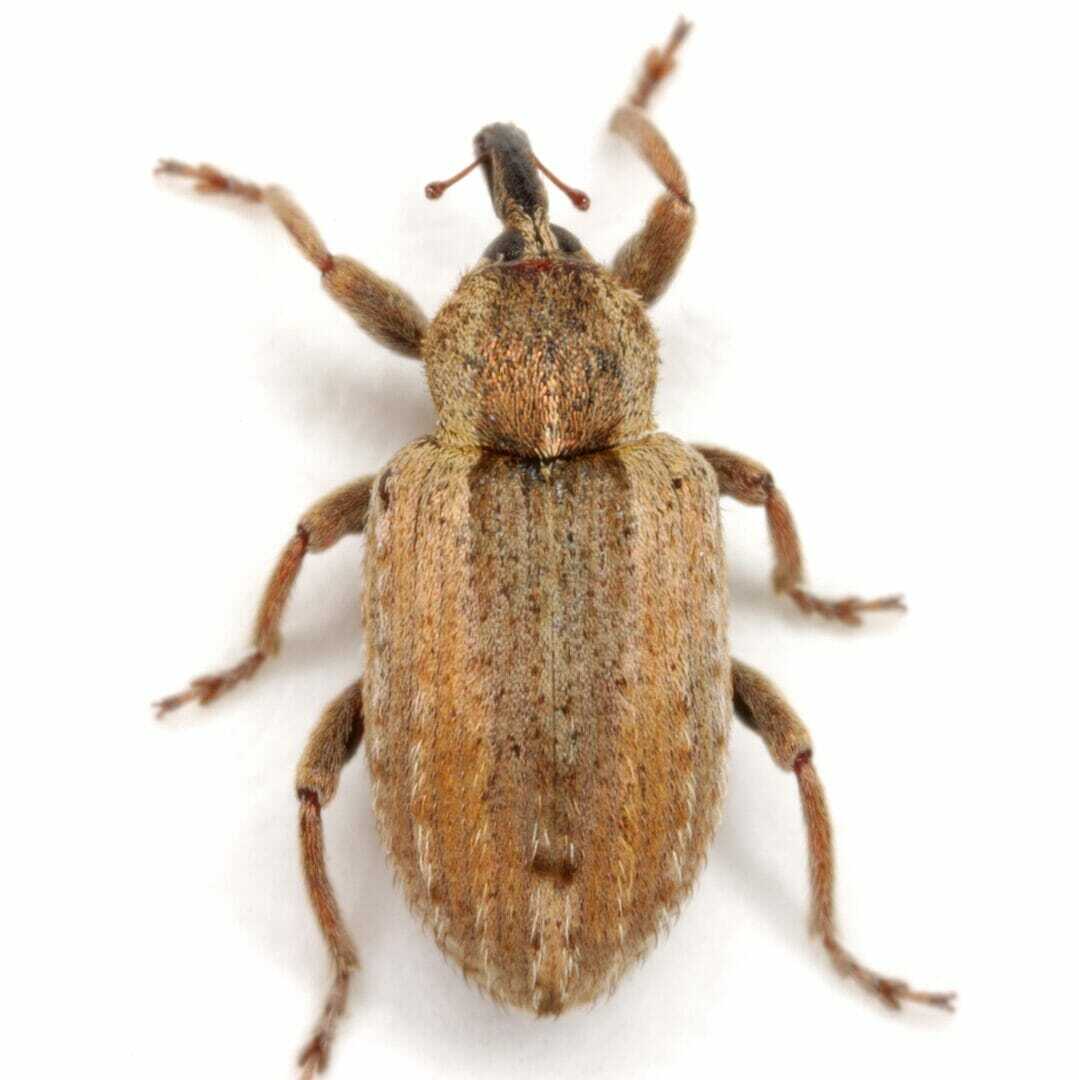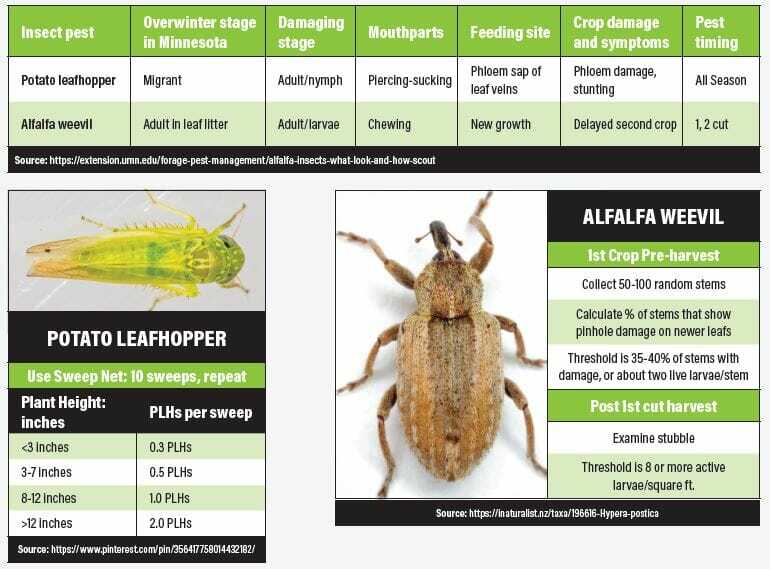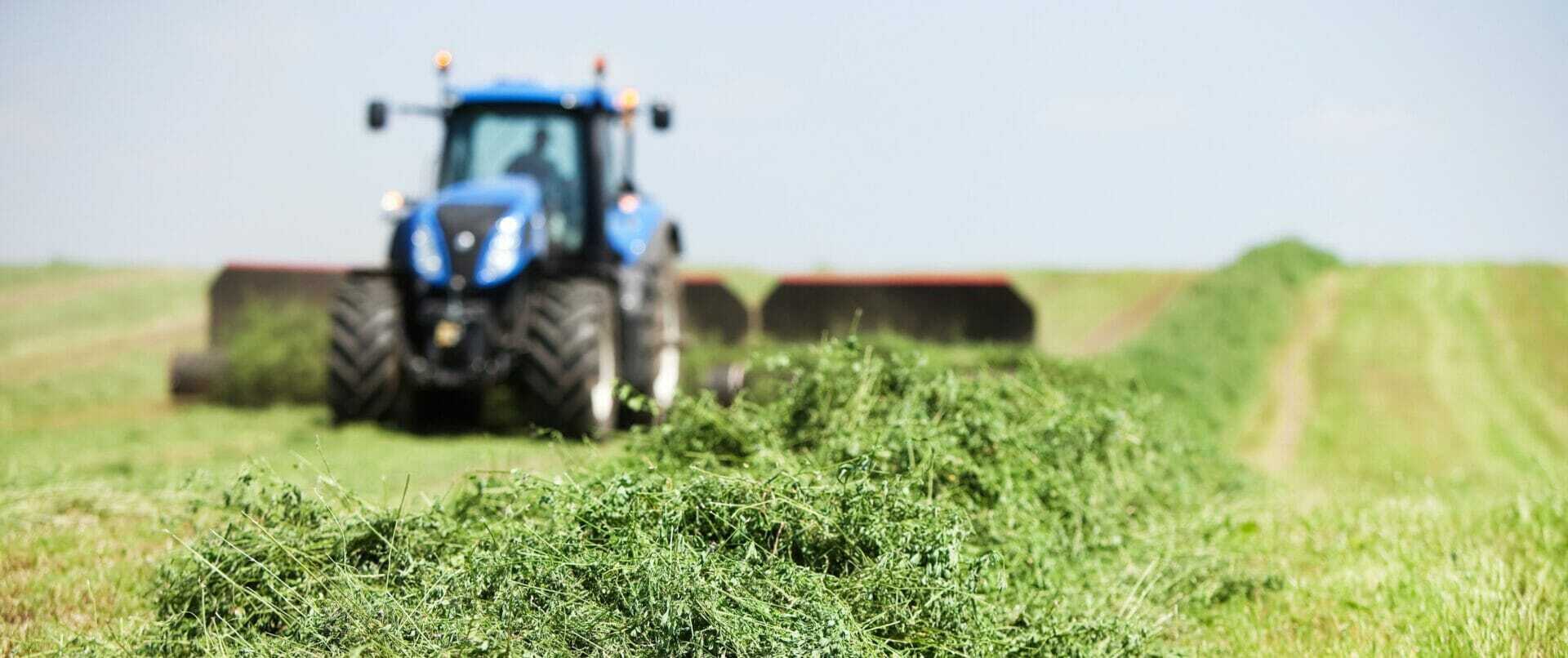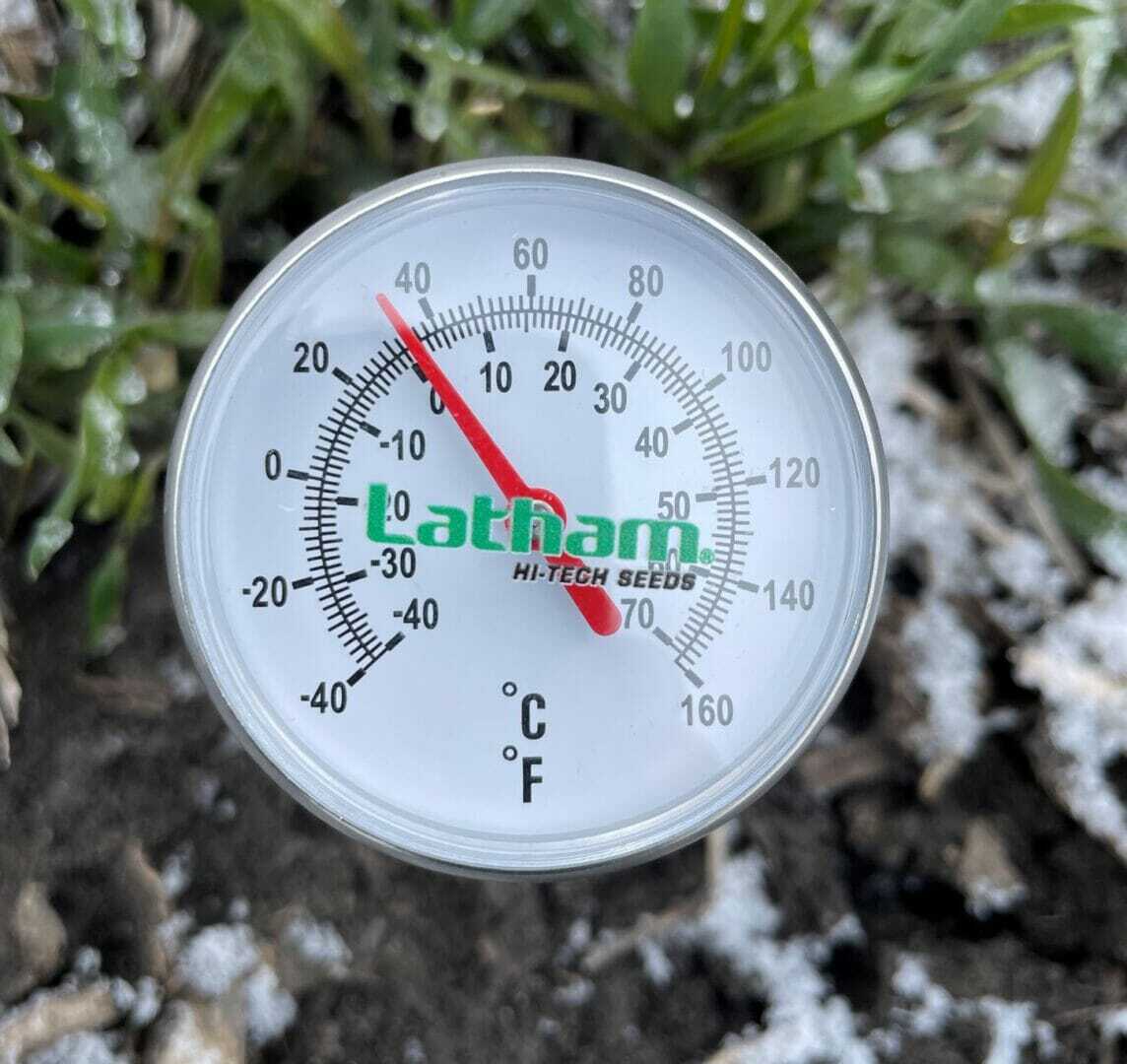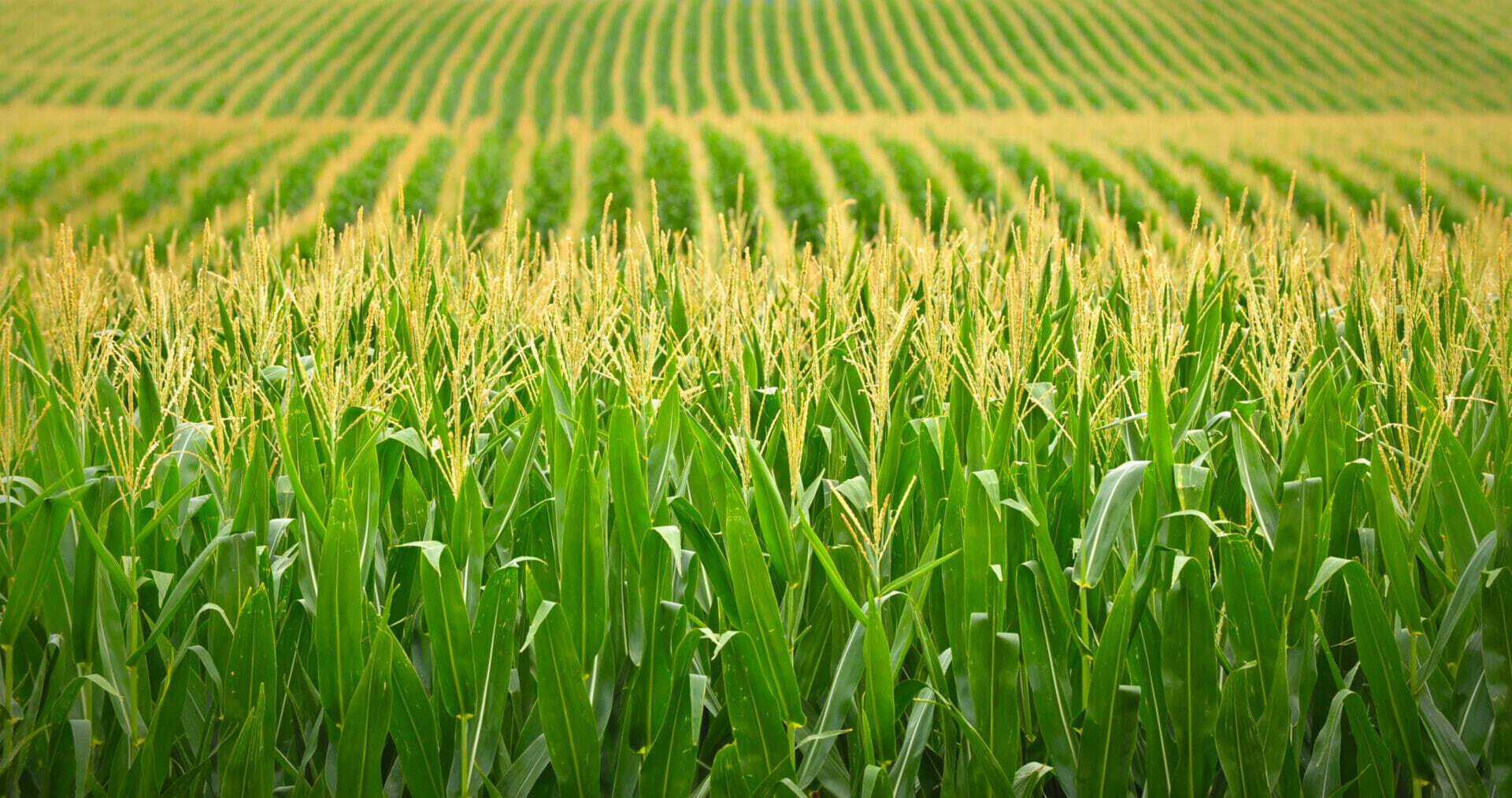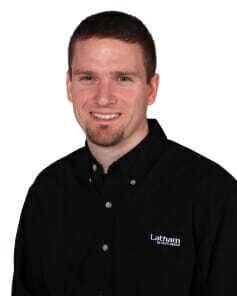 Weather concerns are top of mind as farmers across Latham Country look ahead to spring 2023 planting. Customers frequently ask us how to mitigate risk from the 2022 wet planting season.
Weather concerns are top of mind as farmers across Latham Country look ahead to spring 2023 planting. Customers frequently ask us how to mitigate risk from the 2022 wet planting season.
While we want to maximize the yield potential of early planting, 2022 data shows us that delayed planting can result in very good yields — and better yields than planting when conditions are unfit.
Consider these factors to successfully mitigate potential risks of delayed planting:
- Minimize compaction during field preparation.
- A uniform seed bed creates the best opportunity to plant your crop with precision.
- Minimize passes in the spring while creating a uniform seed bed.
- Be careful not to cause sidewall compaction of seed trench at planting.
- Plant your corn crop with precision. We want all plants to emerge within 72 hours. This creates the best root system to maximize water use through the entire growing season.
- Plant a consistent seed depth.
- Check for consistent seed spacing.
- Ensure great seed-to-soil contact.
- Delay planting if cold temps or cold rain is forecasted within 72 hours after planting.
- Promote a healthy root system with fertility. Good fertility programs maintain a healthy, strong root system to effectively use available water.
- Starter fertilizer gets corn plants off to the best start possible.
- Side-dress Nitrogen in a timely manner to nurse optimum plant health.
- Maintain a good fertility balance, using soil testing as a guide.
We suggest staying with a hybrid selection plan that does not vary significantly from previous years. A couple management changes at planting time to get your crop off to a great start will result in more success than totally changing your hybrid selection.
Remember, most corn yield is created in July and August. Get your plants off to the best start, so they can take advantage of that part of the growing season. Don’t get discouraged if you encounter a bit of a delay. Stick to the hybrids in your original plan through the end of May.
Did you enjoy this article? We want to (TECH)talk with you! Sign up for our newsletter to receive agronomy articles (and delicious recipes) in your inbox! We’ll talk soon.
